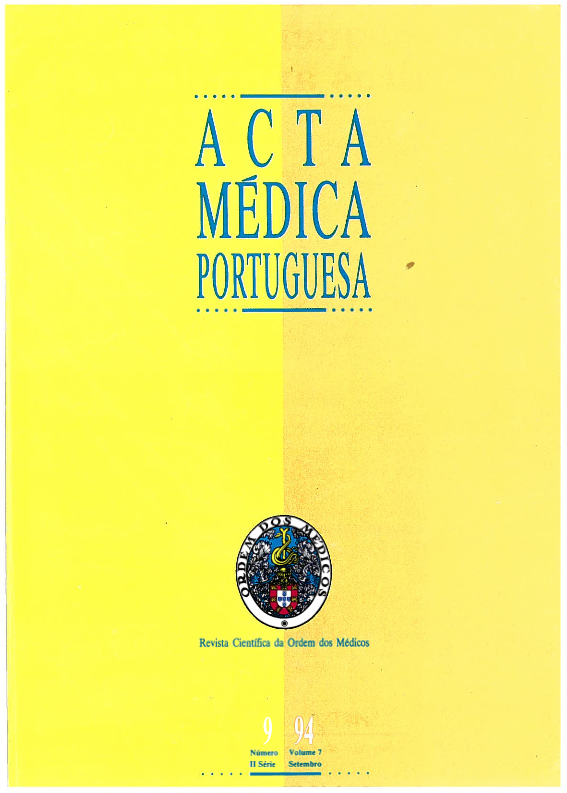Ritual circumcision and the plastic repair of phimosis.
DOI:
https://doi.org/10.20344/amp.2962Abstract
The AA. describe two variations of their personal technique of foreskin plasty for phimosis treatment. They utilize a variation of Duhamel procedure, with incision of foreskin dorsal face in italic S in cases where the striction ring is moderate and allows a slipping with glandular exposure. They resected ad minima the foreskin in the cases of very serious phimosis and make a YV plasty on the dorsal face, and if necessary a small excision à la demande of the remaining ventral skin. They achieve a good aesthetic result in both techniques and most of operated cases are hard to distinguish from a normal foreskin. The plasties with foreskin maintenance tend to be used in the modern European culture, where the rites disappeared and hygienic habits gained roots. With the exception of religious reasons or strict medical indications (diabetes, skin lesions, etc.) the phimosis repair by mutilation procedures tends to disappear.Downloads
Downloads
How to Cite
Issue
Section
License
All the articles published in the AMP are open access and comply with the requirements of funding agencies or academic institutions. The AMP is governed by the terms of the Creative Commons ‘Attribution – Non-Commercial Use - (CC-BY-NC)’ license, regarding the use by third parties.
It is the author’s responsibility to obtain approval for the reproduction of figures, tables, etc. from other publications.
Upon acceptance of an article for publication, the authors will be asked to complete the ICMJE “Copyright Liability and Copyright Sharing Statement “(http://www.actamedicaportuguesa.com/info/AMP-NormasPublicacao.pdf) and the “Declaration of Potential Conflicts of Interest” (http:// www.icmje.org/conflicts-of-interest). An e-mail will be sent to the corresponding author to acknowledge receipt of the manuscript.
After publication, the authors are authorised to make their articles available in repositories of their institutions of origin, as long as they always mention where they were published and according to the Creative Commons license.









